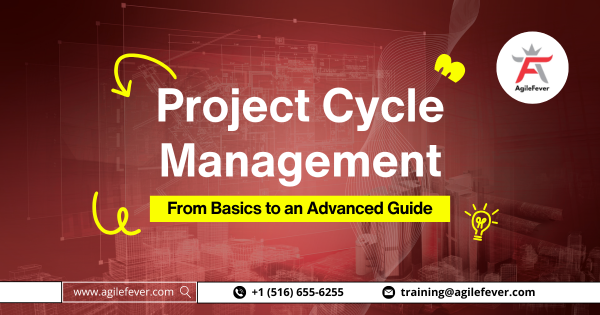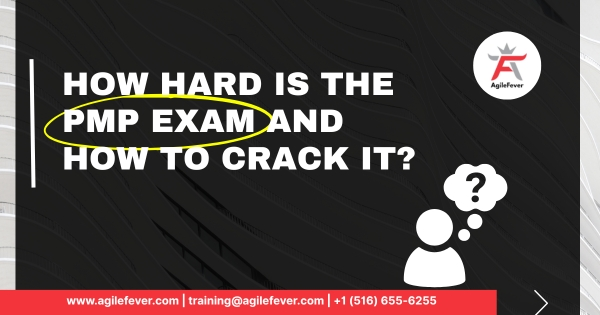Whether we build a highway project or launching a software platform we need a perfect structure to make it sucess and that is where Project Cycle Management (PCM) comes in.
PCM is a methodical approach to managing a project through every phase like planning, execution, and closure. It ensures that team delivers on time, within the budget, and aligned with goals.
If you are in project management, development, construction, or IT, understanding PCM is not optional, it is essential.
What is Project Cycle Management?
Project Cycle Management is a structured framework used to plan, implement, monitor, and evaluate projects effectively. It ensures that every step from idea to completion follows a defined process and aligns with stakeholder needs.
This concept is widely used by governments, NGOs, international agencies (like the EU and UN), and companies that run complex, multi-phase projects.
Why Project Cycle Management Matters
Without a defined cycle, projects risk:
- Scope creep
- Wasted resources
- Missed deadlines
- Poor stakeholder alignment
PCM helps with:
- Clear planning
- Effective execution
- Ongoing monitoring
- Accountability and learning
Phases of Project Cycle Management
1. Programming
This is the big-picture phase. It’s about identifying needs and defining the problems that need to be solved.
- Involves stakeholder consultation
- Aligns with policy or strategic goals
- Results in a framework for project selection
2. Identification
Here, potential projects are explored based on needs analysis. Teams assess:
- Feasibility
- Risks
- Stakeholder impact
- Funding potential
3. Formulation
This is where the project begins to take shape:
- Define objectives clearly
- Build the logical framework
- Estimate cost and time
- Plan resources
Deliverable: A detailed Project Proposal or Business Case.
4. Financing
Once the project is designed, funding is secured:
- Budget is approved
- Contracts are drafted
- Stakeholder agreements are finalized
5. Implementation
The project moves into action. This is where plans become deliverables.
- Tasks are assigned
- Milestones are tracked
- Changes are managed
- Risks are mitigated
6. Evaluation and Audit
After the project wraps, it’s reviewed to assess success and extract lessons.
- Were objectives met?
- What went wrong or right?
- How can future projects improve?
PCM Process Flow Chart
Programming → Identification → Formulation → Financing → Implementation → Evaluation
Each stage includes feedback loops to adjust and improve the next project.
Real-World Example
Let’s say a city wants to reduce traffic congestion.
- Programming: Identify congestion as a key issue.
- Identification: Evaluate options—metro expansion, flyovers, EV policies.
- Formulation: Choose metro expansion; define scope and costs.
- Financing: Secure funds from state and urban transport grants.
- Implementation: Begin construction, monitor timeline and budget.
- Evaluation: Measure impact after launch—has traffic reduced?
Tools Commonly Used in PCM
| Tool Name | Purpose |
| Logical Framework | Project planning & structure |
| Gantt Charts | Timeline and milestone tracking |
| Risk Matrix | Identifying and evaluating risks |
| Cost-Benefit Tool | Economic justification |
| Monitoring Log | Track KPIs during execution |
Benefits of Project Cycle Management
- Prevents poor planning and waste
- Ensures stakeholder involvement
- Improves transparency and accountability
- Enhances resource efficiency
- Helps teams manage risks proactively
Who Uses PCM?
- Governments: Infrastructure, education, urban development
- NGOs: Health programs, disaster recovery, rural development
- Businesses: IT rollouts, product development, process upgrades
- Funding Agencies: World Bank, EU, UNDP, ADB
Project Cycle Management vs Project Management
| Feature | Project Management | Project Cycle Management |
| Focus | Delivering a single project | Managing lifecycle across projects |
| Structure | Often flexible | Highly structured with phases |
| Used by | Businesses, IT teams | NGOs, governments, funding bodies |
| Monitoring & Evaluation | Optional | Mandatory |
| Documentation | Varies | Standardized across all projects |
Common Challenges in PCM
- Misaligned stakeholders
- Poor initial problem definition
- Inaccurate cost estimations
- Delayed funding approvals
- Weak monitoring frameworks
How to Improve PCM in Your Organization
- Train teams in PCM methodologies
- Use project management software for tracking
- Define KPIs early on
- Create a lessons-learned repository
- Conduct mid-project reviews
Free PCM Templates & Resources
- Logical Framework Matrix (LogFrame)
- Project Identification Checklist
- PCM Phase Tracking Template (Excel)
- Sample Risk Log
Conclusion
Project Cycle Management is more than just another method—it’s a roadmap to running projects that matter. Whether you’re scaling a business or solving public problems, PCM helps deliver impact, not just output.
In 2025 and beyond, as complexity grows, PCM offers the clarity and structure that modern projects need.
Frequently Asked Questions (FAQs)
1. What is Project Cycle Management in simple terms?
It’s a step-by-step method for planning, running, and reviewing projects to ensure they succeed.
2. What are the main phases of PCM?
Programming, Identification, Formulation, Financing, Implementation, and Evaluation.
3. Who should use Project Cycle Management?
Governments, NGOs, international agencies, and organizations running large or long-term projects.
4. Is PCM different from traditional project management?
Yes. PCM is more structured, especially around evaluation and stakeholder involvement.
5. What is a Logical Framework in PCM?
It’s a planning tool that links project goals, activities, outputs, and indicators clearly.
6. Can PCM be used in Agile projects?
Yes, though PCM is more common in structured environments. Hybrid approaches are possible.
7. What tools help with PCM implementation?
LogFrames, Gantt charts, KPIs dashboards, and project management platforms like MS Project, Asana, or Jira.
8. How do you evaluate a project in PCM?
Through audits, outcome tracking, stakeholder feedback, and comparing results with the planned objectives.
9. Is training available for PCM?
Yes. Many organizations and development agencies offer PCM certification and workshops.
10. What’s the first step to using PCM in my organization?
Start by mapping your current project workflow and align it to PCM phases. Then train your teams.


